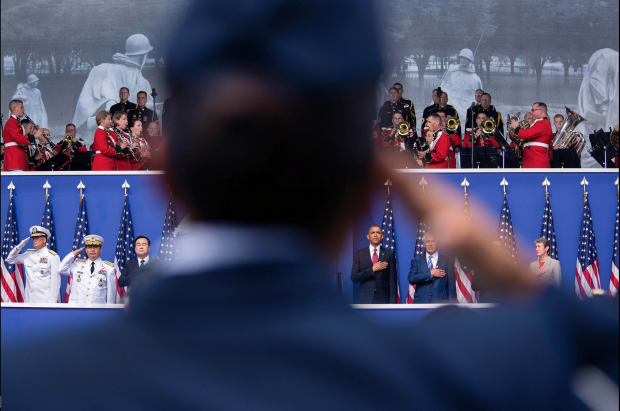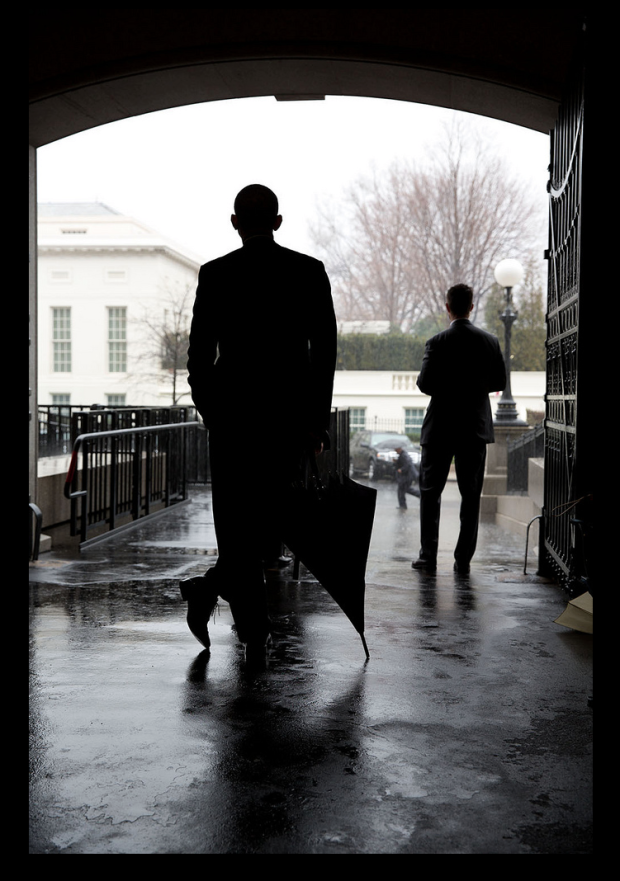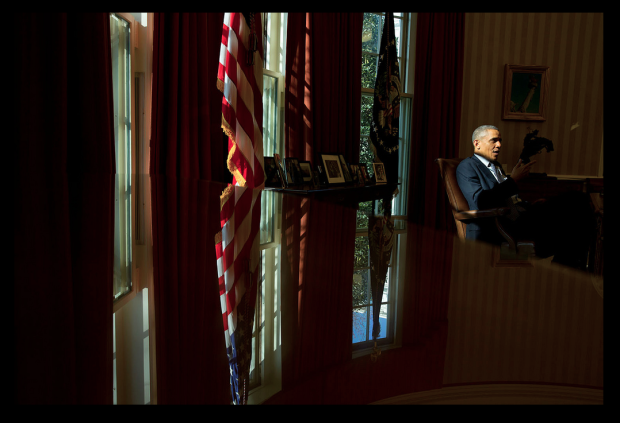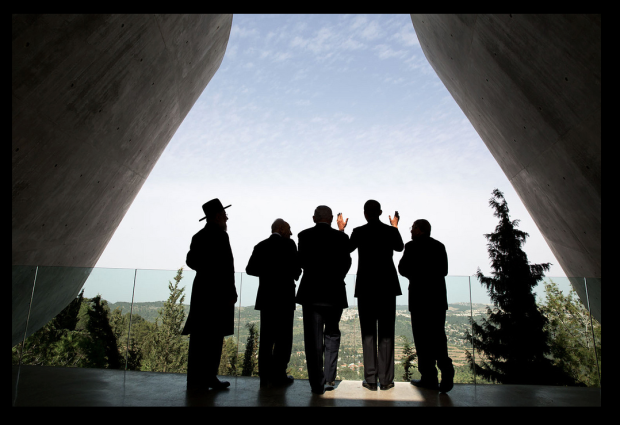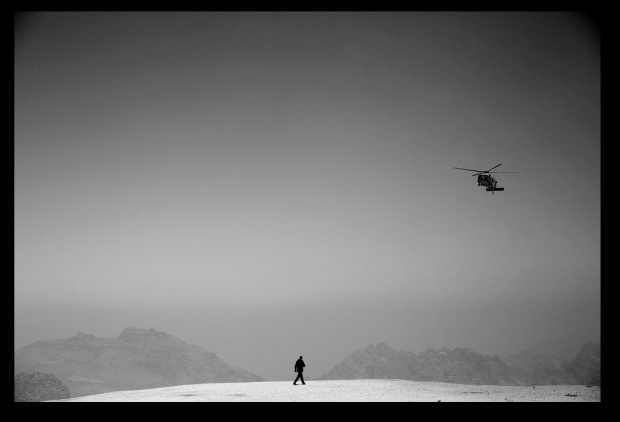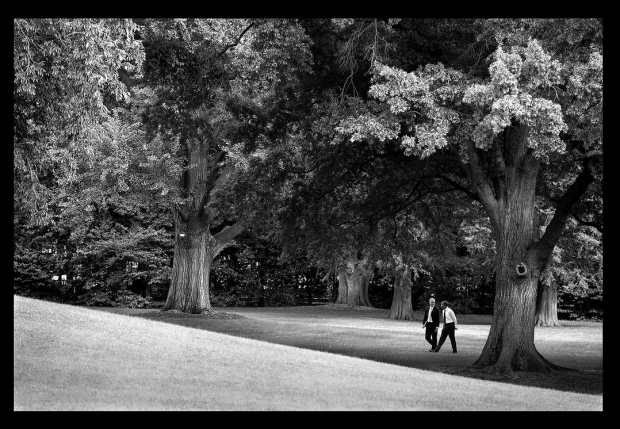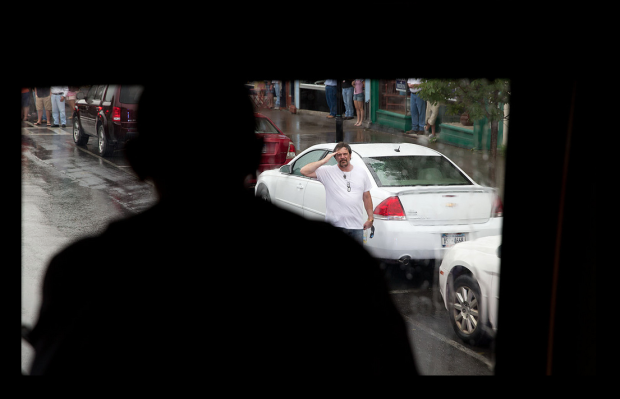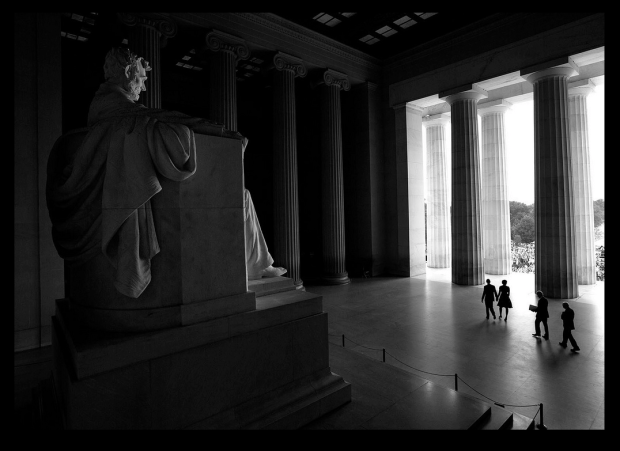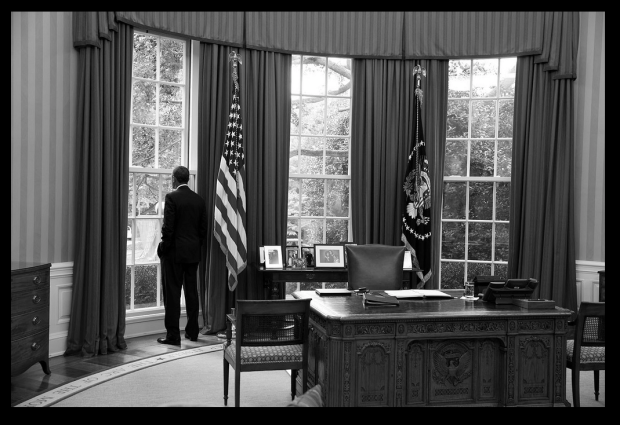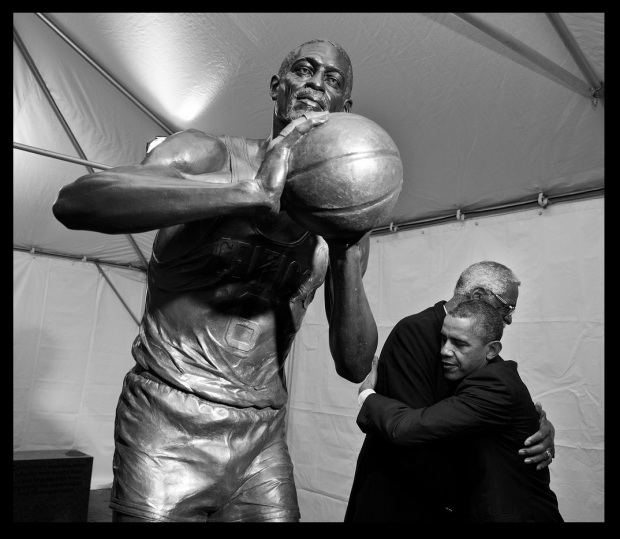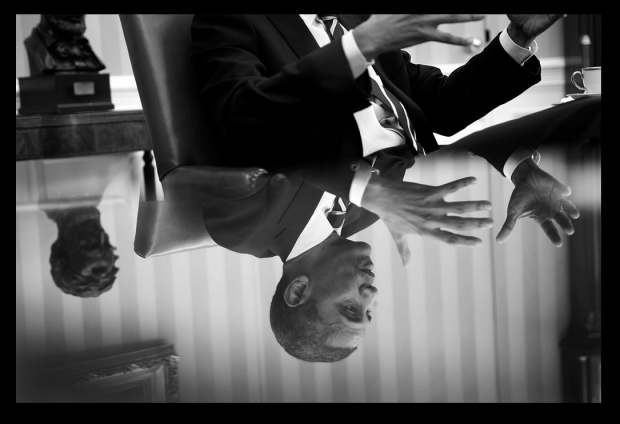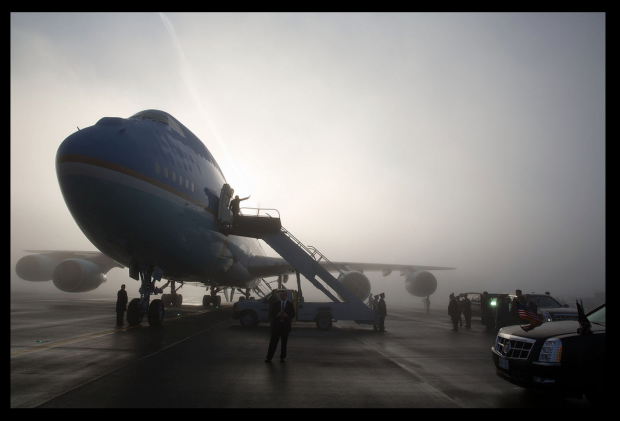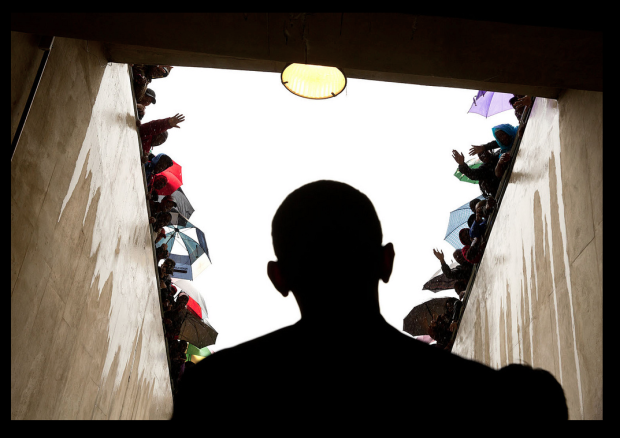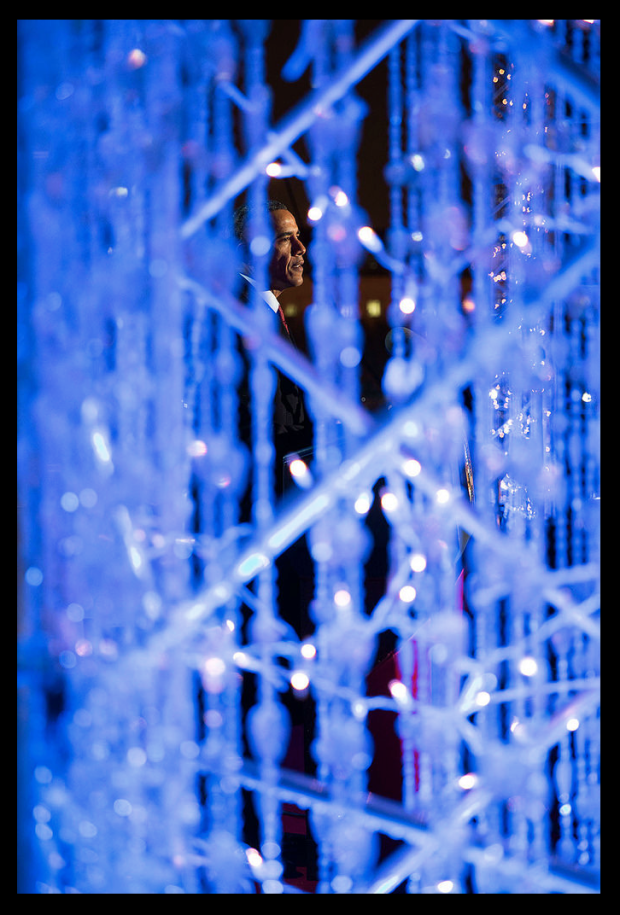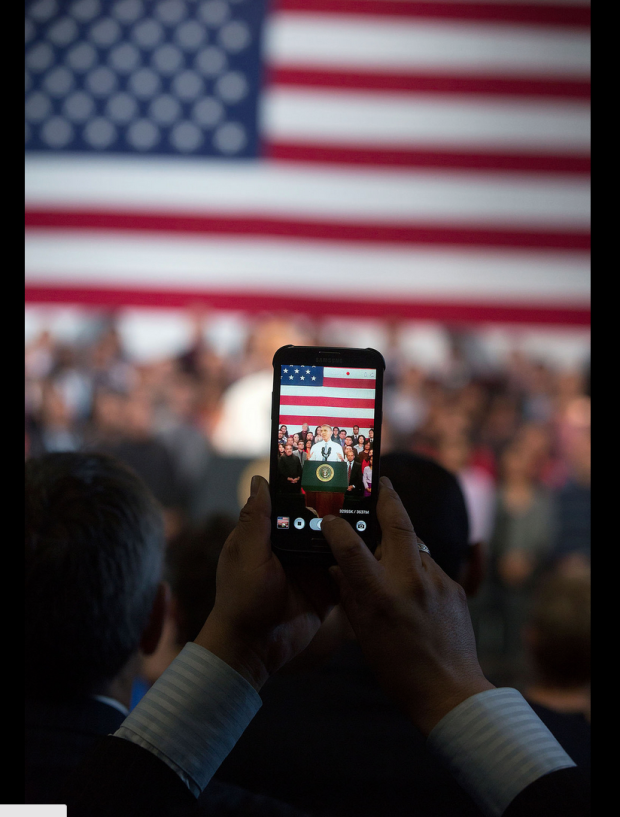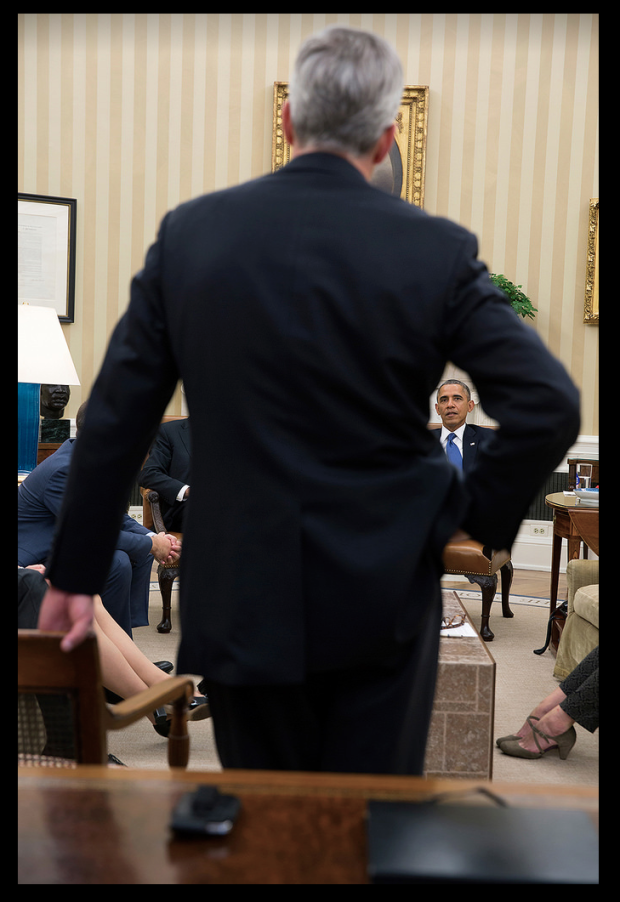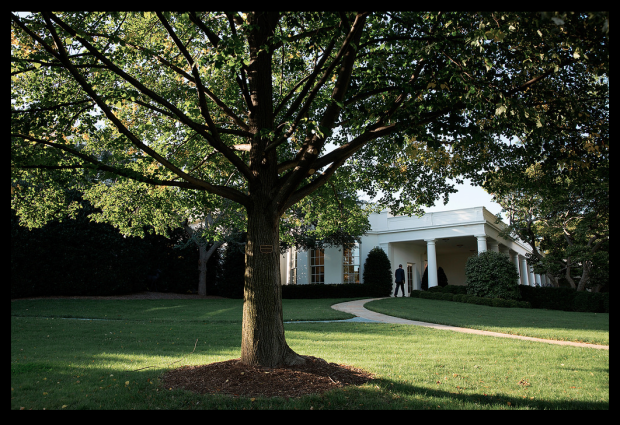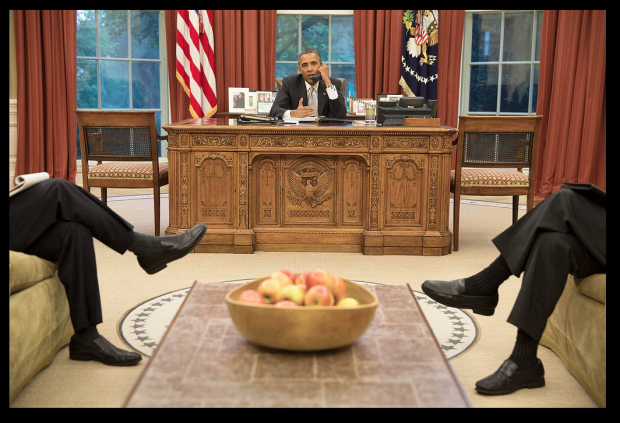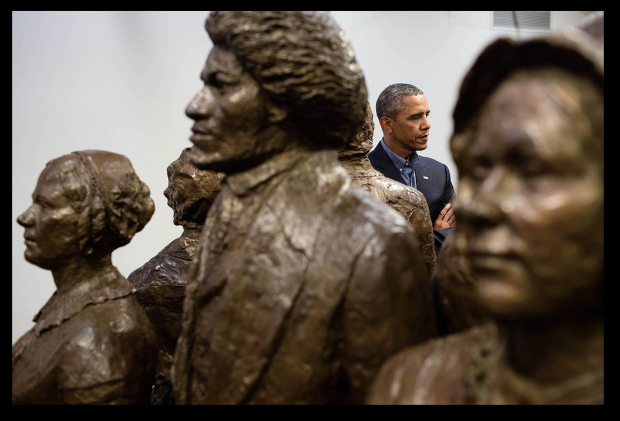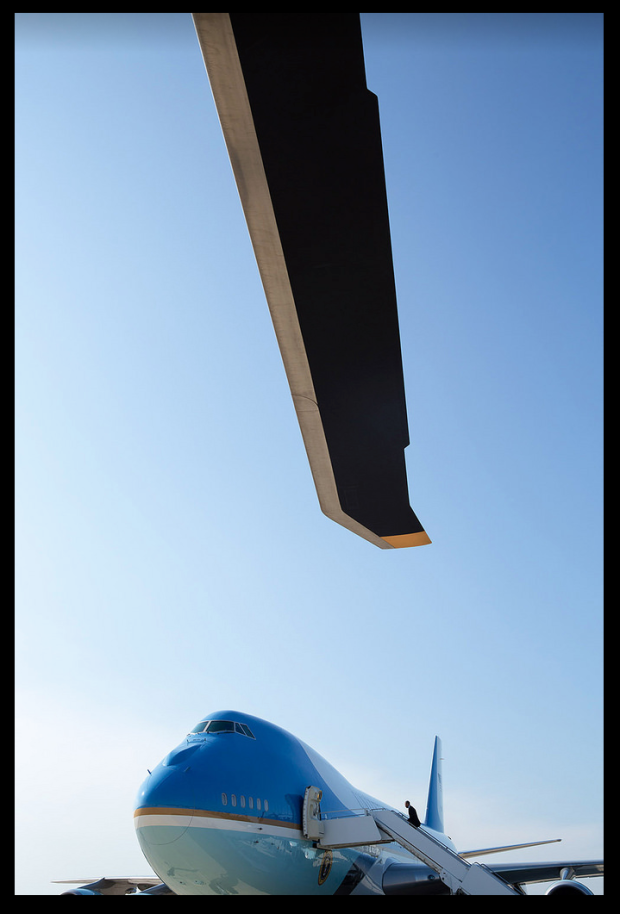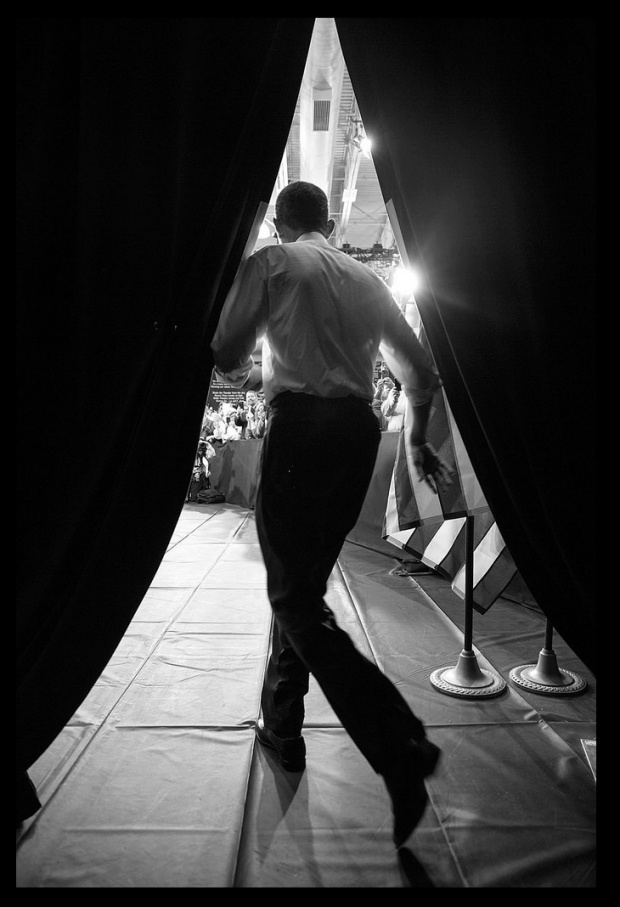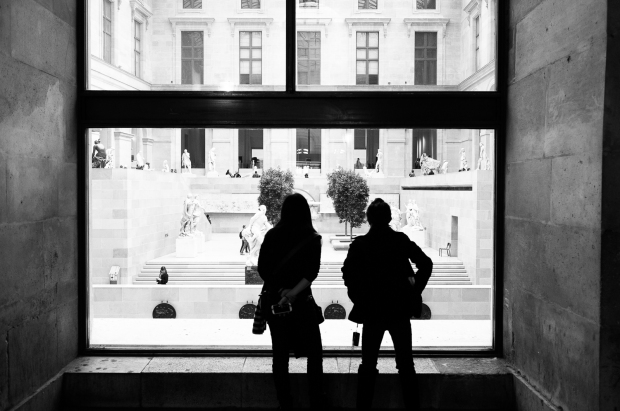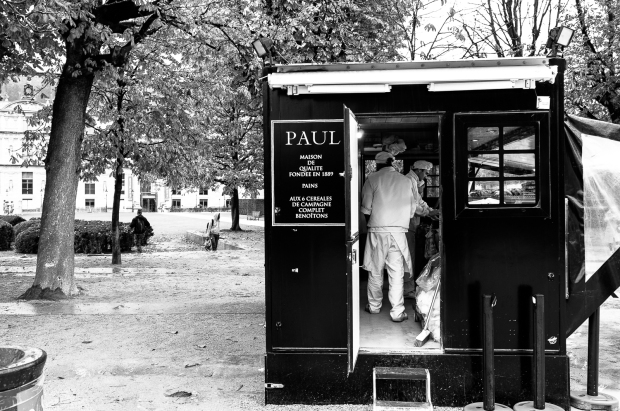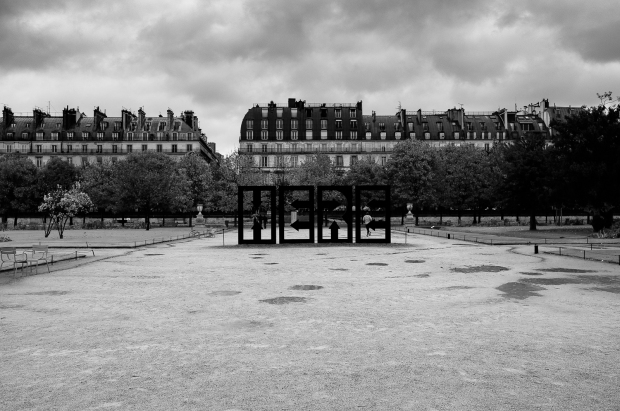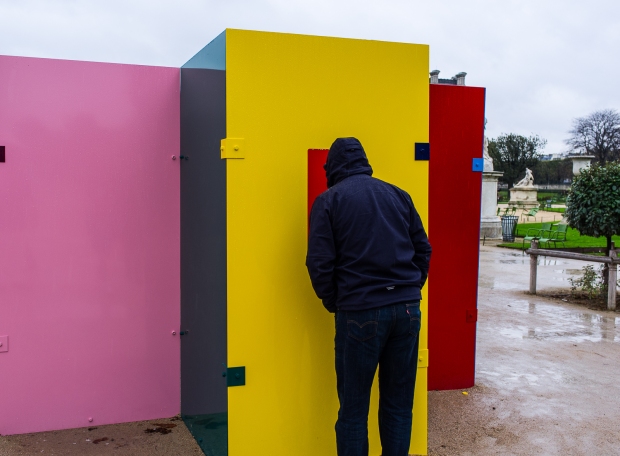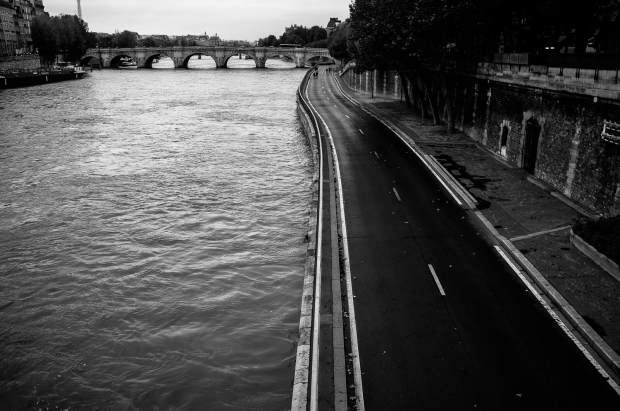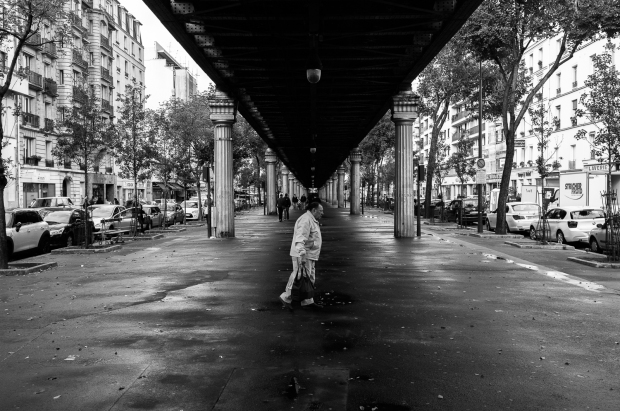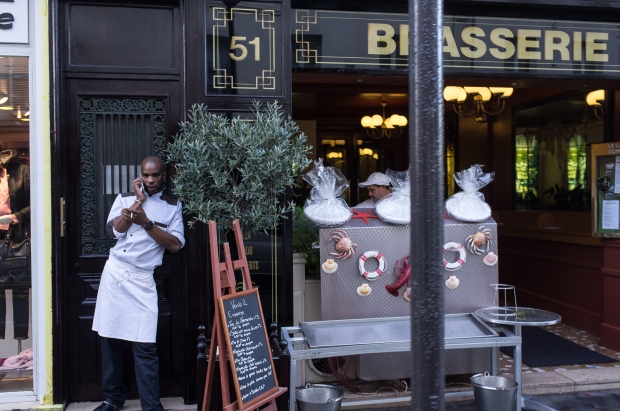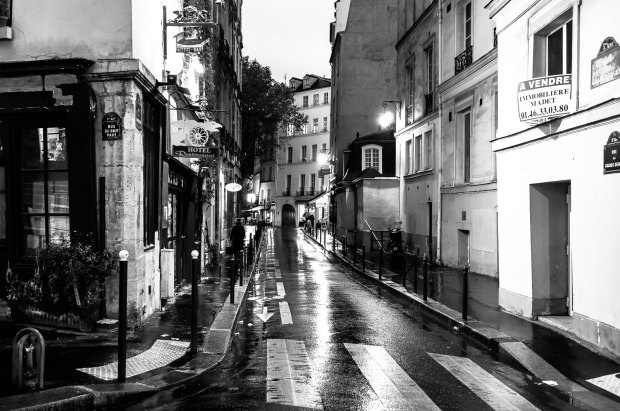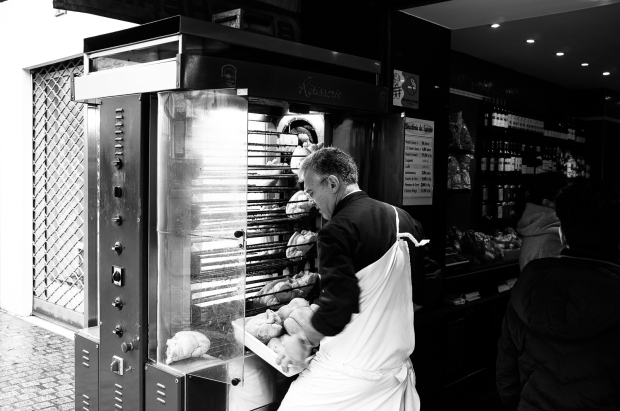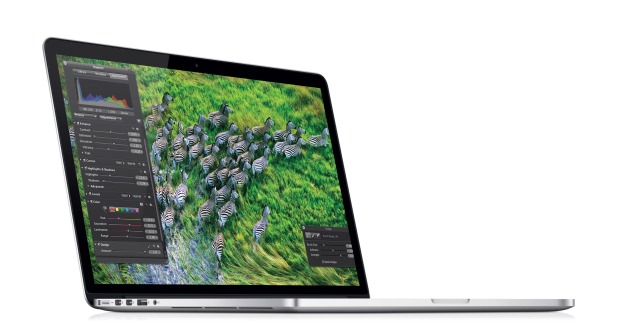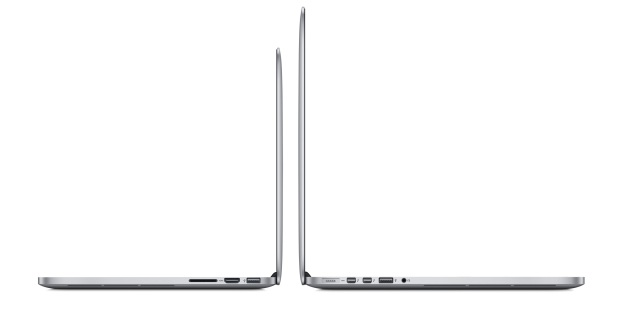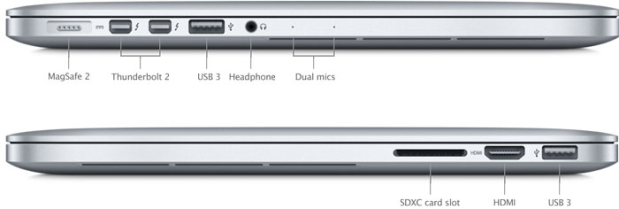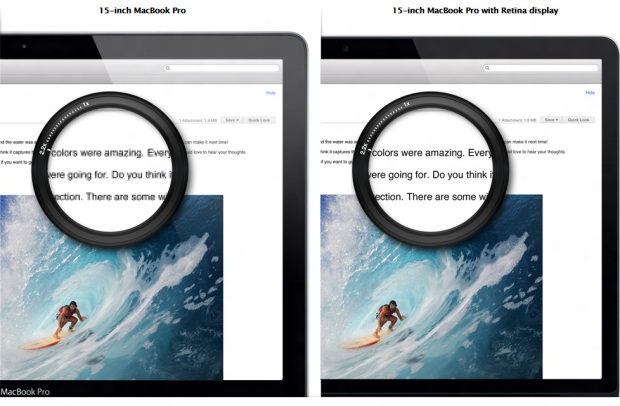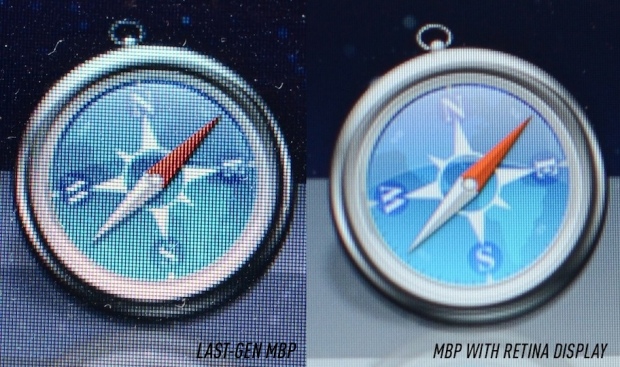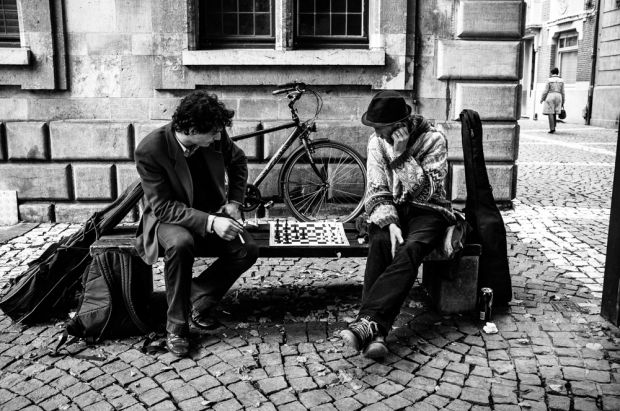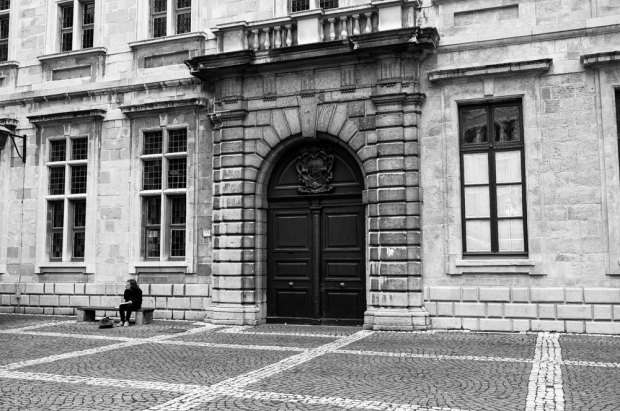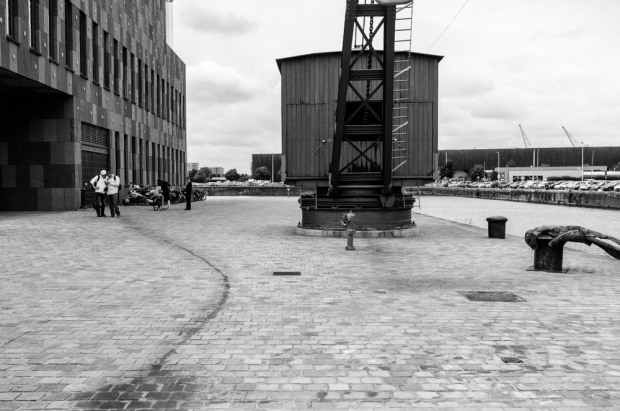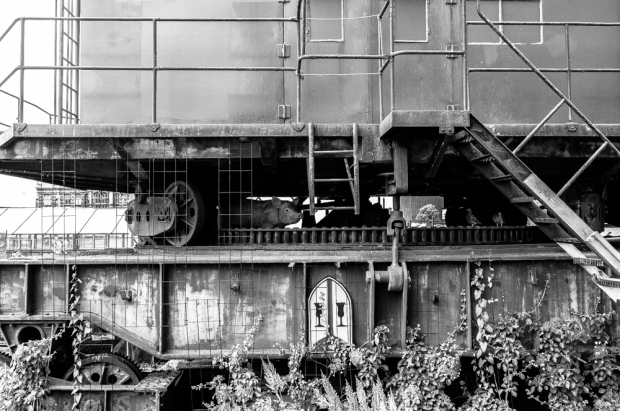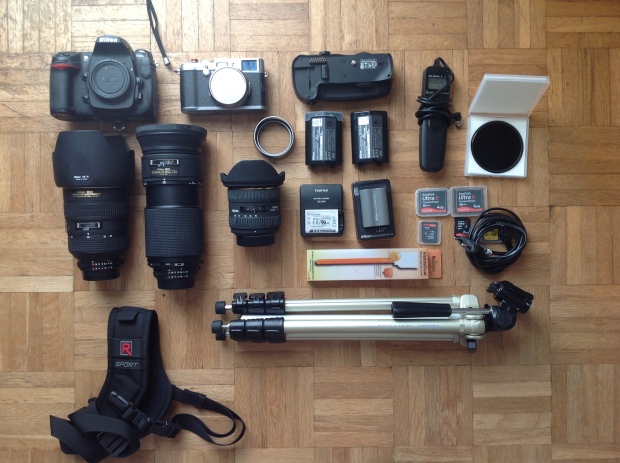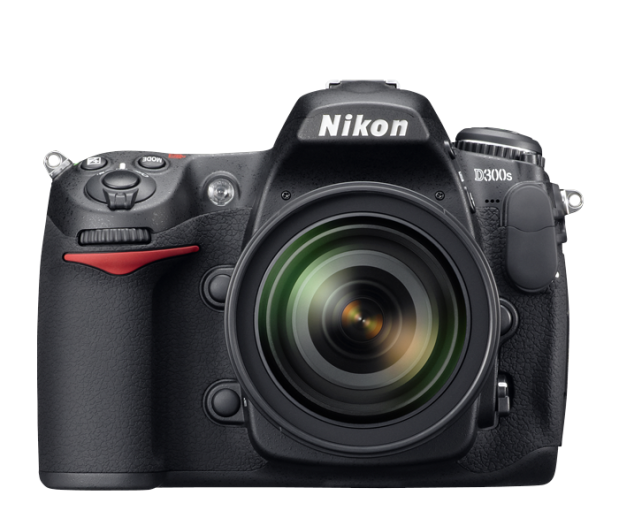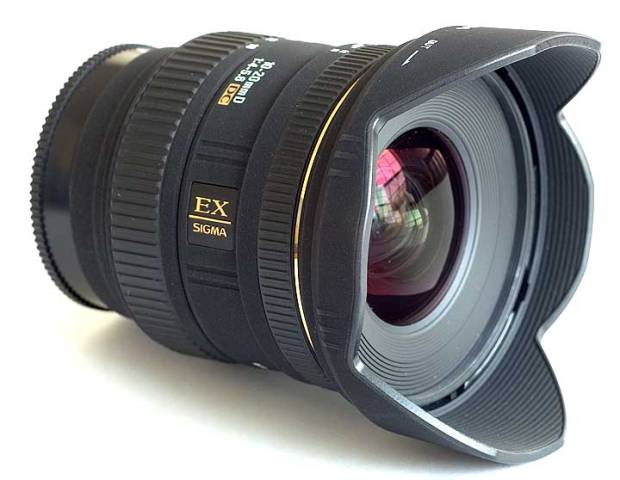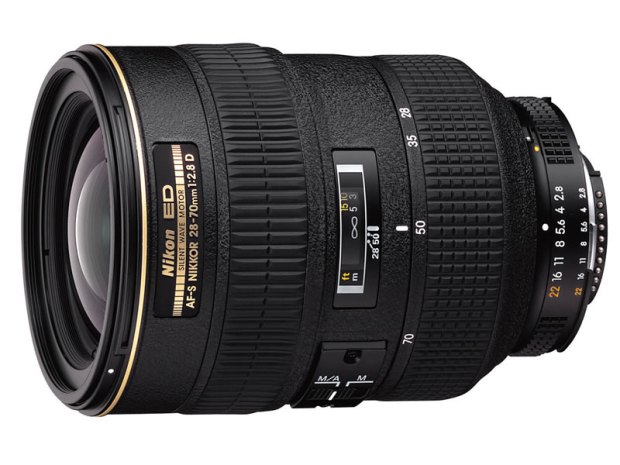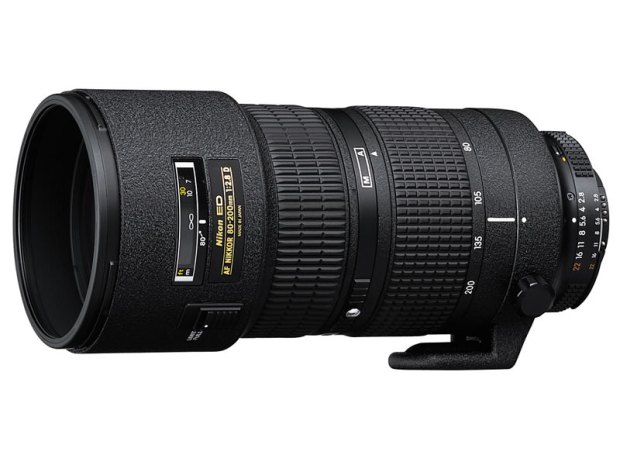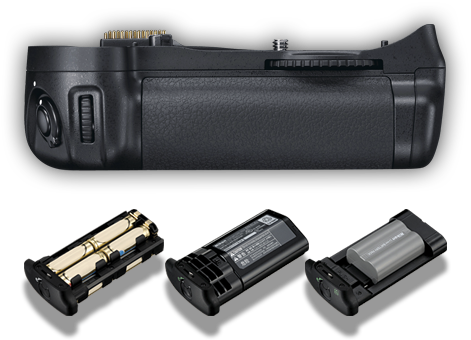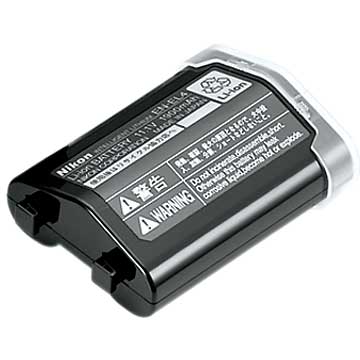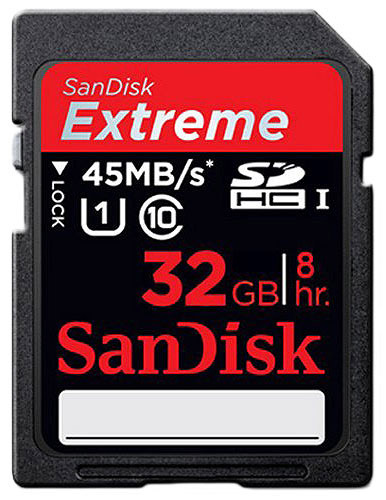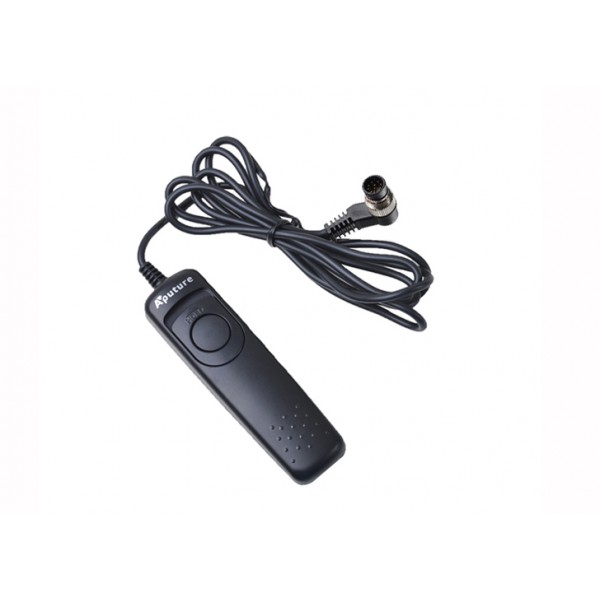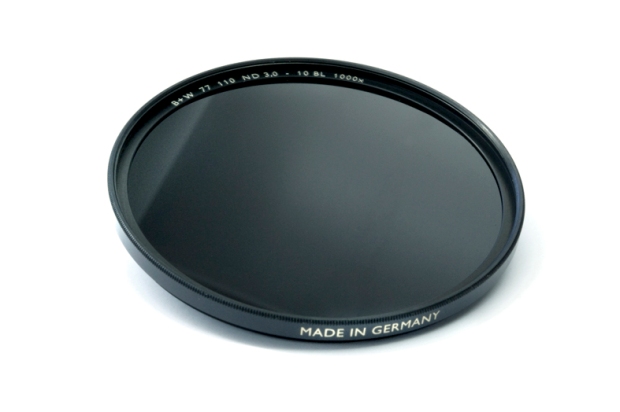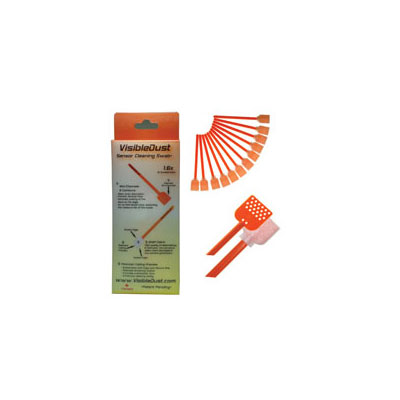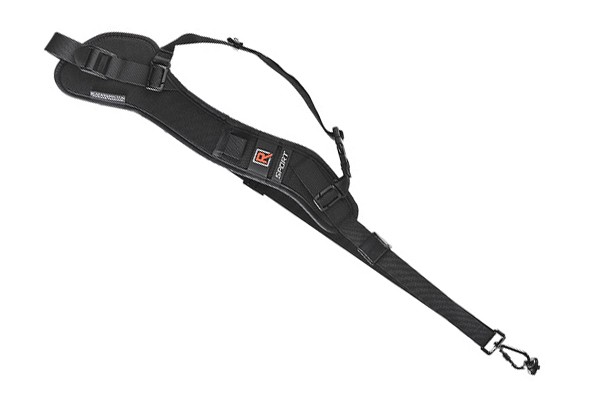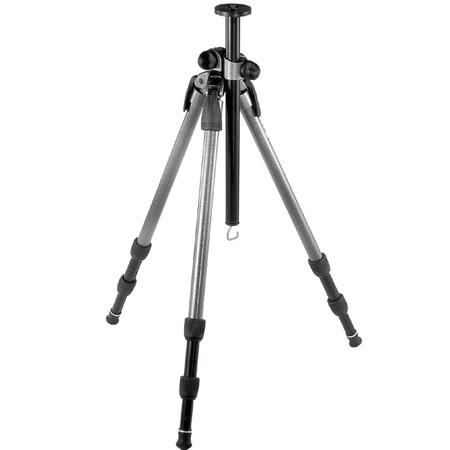They often say the juice has to be worth the squeeze right? We’ll it’s something I have found is quite true, but not applicable to street photography. If you’re going to live by that adage you will not succeed in your voyage into street photography.
I’ll start by discussing my first steps into street photography and where I am at on my path now. This will be a rather lengthy post, so if you’re in a hurry, mark it for ‘read later’.
My modest start in street photography started like many others during one of my travels I believe. I remember being fascinated by the differences in everyday street life around the world. Once you start witnessing specific scenes in foreign countries you really notice that you don’t have quite the same things at home. Is this bad? Not at all, because it’s this innate diversity that makes street photography interesting.
In the beginning I was lugging along my Nikon dslr, along with at least two lenses. I didn’t go out shooting very often because bringing all that gear was annoying and I couldn’t do it always, but I loved every single time I did.
I also remember vividly that that was the moment I began researching the subject. I bought books, watched documentaries, read stories. All the greats passed by : Cartier-Bresson, Doisneau, McCurry, Erwitt, Frank, Meyerowitz, Maisel, too many to enumerate. I was fascinated. How had they managed at capturing such amazing street shots? I remember the first time I saw Cartier-Bresson’s photograph of the man sitting on the street with his dog and I was stunned. Everything was right. The geometry (notice how all the important lines in this photograph are long vertical ones? That’s no coincidence) is the pure joy of it Cartier Bresson has often said. And then there was the subject matter. That man and his dog, the photograph had not could have been timed better. Had he really stumbled upon this? I didn’t believe it for quite some time, arrogantly thinking that he had to have asked the man to stay like that.
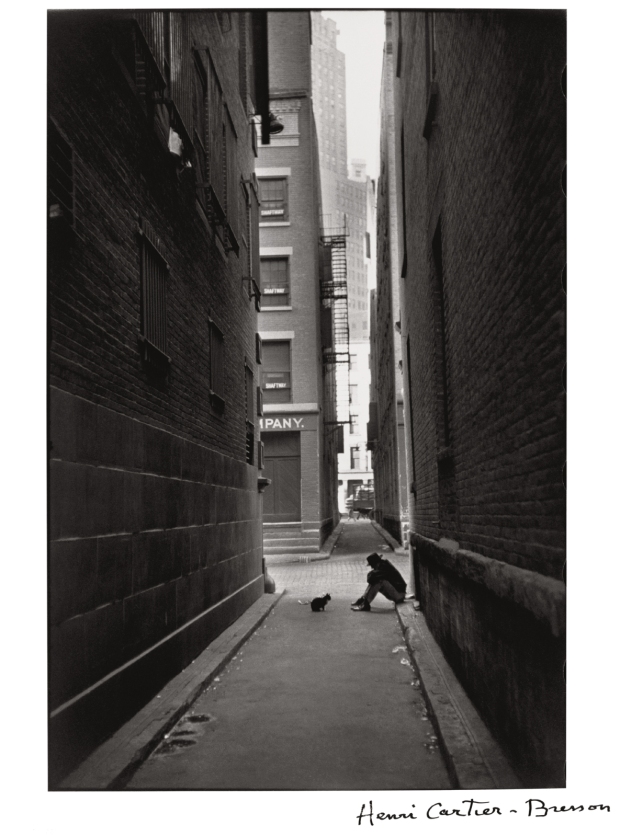
Henri Cartier-Bresson, Man in the street with his dog, New York, 1932
It wasn’t until about a year later and several documentaries that I realized that this had been a coincidence, and that this is one of the reasons HCB is the greatest street photographer of the 20th century. I learned so much thanks to him that I don’t know where to start. I’ll address some of the most often-heard criticisms about street photography to start.
1. Street Photography is pure luck, there is no effort behind it.
Half of this sentence is correct. Street photography, in its purest form is 90% luck. 90% ? Why not a 100% ? Well because you have to make yourself receptive to luck. If you never leave your apartment, or house, you can have HCB’s own personal Leica, your photos will suck anyway. They’ll be the dullest pictures on earth.
Cartier-Bresson never hid behind the fact that street photography is luck. When asked about his famous shot of the man jumping over the puddle behind the Gare St. Lazare in Paris he said that the picture was literally pure luck. He hadn’t seen the scene, he had stuck his camera in a hole in a fence and snapped a few shots without being able to look through at the scene. He quickly adds ‘But everything is pure luck in photography”. He is completely right, but that doesn’t mean he wasn’t putting in effort. If he had been in his apartment he would have never gotten that shot.
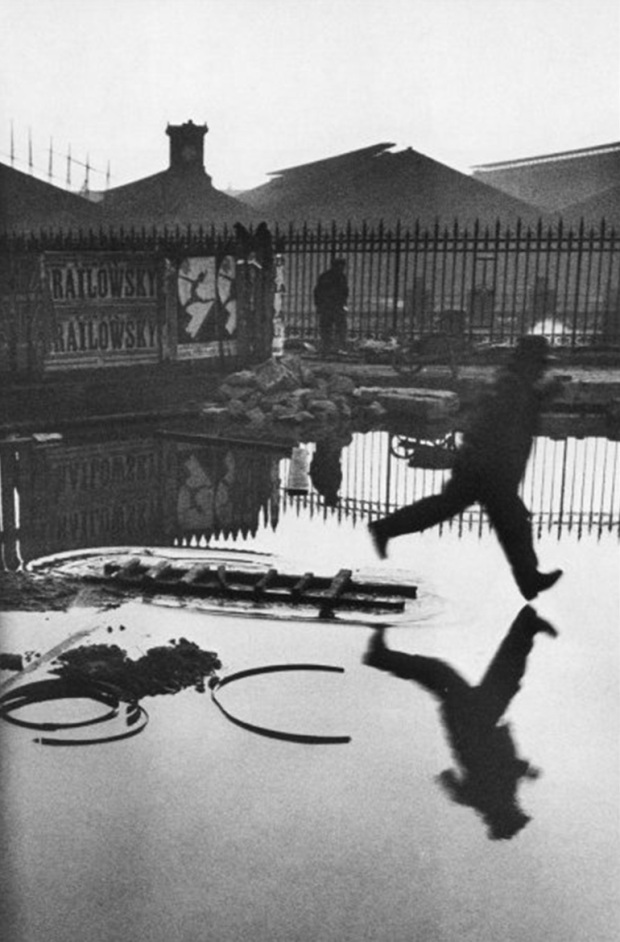
HCB, Behind The Gare St Lazare, 1932.
This is also one of the reasons street photography is the hardest form of photography. The incertitude of result. When you are doing a studio shoot where all of the elements (subjects, lighting, gear, etc) are in your control, the prospected output is almost always certain to a degree. You are the master of the scene, if something doesn’t work out you have nobody to blame but yourself majorly. This is not true in street photography. Each time you step out of your door with your camera, you are NEVER sure to come home with a worthy shot. That uncertainty is the single, hardest part about photography. Dedicating your time to something with no certainty of outcome. Would you get up early each day, dress, go to work without being sure if you were going to get paid? I don’t think so. Yet, this is what each street photographer faces each time they step out.
Take the following into account : Cartier-Bresson shot for about 40-50 years. His oeuvre is incredibly large, however he is perhaps known for a grand, absolute maximum of 100 images. 100 images is still an enormous amount, his most famous photographs must hover around maybe 20 images. 20 images. Yet he was a professional photographer for about 40 years. Can you imagine how he must have felt?
I often encounter people when talking about photography who ‘love’ street photography. However, they criticize it with the argument, it’s pure luck. Then I ask them how often they go out and shoot street photography. Then the large sighs come. ‘Pfff, I don’t know. Once a month, once every 3 months?” And when I see their images it doesn’t surprise me. The best pictures always come from the people who go out shooting often. Then you’ll hear them say “Yeah, but nothing ever exciting happens when I go out. If only I lived in Cartier-Bresson’s time, I would go out shooting everyday and I’d have fantastic images.”
The arrogance in these excuses really annoy me each time I hear them. It’s basically saying that HCB was a lazy, lucky photographer. He most certainly was lucky, but he also most certainly wasn’t lazy.
See, in order to be lucky, you have to put your mind and body to it. HCB travelled the world. He rarely spent a long time on the same spot. He would pack up his bags and go LOOK for interesting images. He didn’t merely await their arrival. You have to chase them.
Going back to our guesstimate that 20 of his images are world-widely known, and that 50 of his images are very famous. They have been shot during a 40 year-ish careerspan. That’s around 1-2 images PER YEAR. That’s right. For every year or so he worked, he has one famous image to show. Could you live with those numbers? Are you willing to pay the price? Does this mean however that he only shot 1 or 2 pictures a year? Evidently the answer is no. He shot thousands and thousands of pictures. Can you image how many times he got out, shot pictures in the street and had nothing interesting to show for it? Also keep in mind that this is in the analog film time. Shooting, even useless shots cost you money. In the digital age, you can shoot 1,000 pictures for 0 $. Are you willing to do what it takes?
As I stated before, street photography is 90% luck and 10% effort. It would be foolish to think that famous street photographers never stood still. It’s impossible to always the shot after your first snap. Sometimes you have to try again. One thing I learned as a street photographer is that things, events happen in patterns and repeat themselves. If you see a scene, and a person walks in a certain way, with a certain gesture it’ll either happen again pretty soon, or it won’t ever. Most of the time however, events repeat themselves. That’s why you have to always be on the lookout. “Ce qui est important, c’est de voir” HCB said.
In an era sadly fading away, photographers had things called contact sheets. For those unfamiliar with analog photography, contact sheets where sheets of film on which small ‘thumbnails’ of your pictures where printed. Since no-one printed every picture of their filmroll due to the cost of that, they printed one contact sheet which showed them a reduced version version of all the pictures on your filmroll. This was a source of incredible information, since it showed you the different versions of a shot. You could see what the differences where, and guess as to why a photographer chose a specific shot and not another.
The MAGNUM photo agency released the contact sheets for a specific roll of film by HCB upon his death in 2004. That contact sheet was invaluably rich in information about his workflow. It provided us a certain insight into the masters mind. It also showed us something incredibly interesting. HCB’s famous shot of the cyclist passing rapidly through a street is incredible. The geometry in the photograph is amazing. All the lines work. Everyone thought his was a pure chance, a piece of luck. Once again, it was but only to a certain degree. The contact sheet showed us that HCB had tried some 10 times to obtain that shot. With other cyclists, passers-by, pedestrians and such. He then chose the best one out of all those other ones and it became this incredibly famous image. He rest of them never saw the light of day.

HCB, Paris. Luck isn’t always the key
Steve McCurry who is one of the most world renowned National Geographic photographers estimates he has approx. 800.000 negatives in his archives from his days as a film shooter. 800.000. How many pictures of him are world known do you think? If you are back in the 20-50 range you are spot on. His most famous image is the Afghan Girl but he’s made so many more amazing pictures. Are you willing to go to squeeze hard enough for the juice?
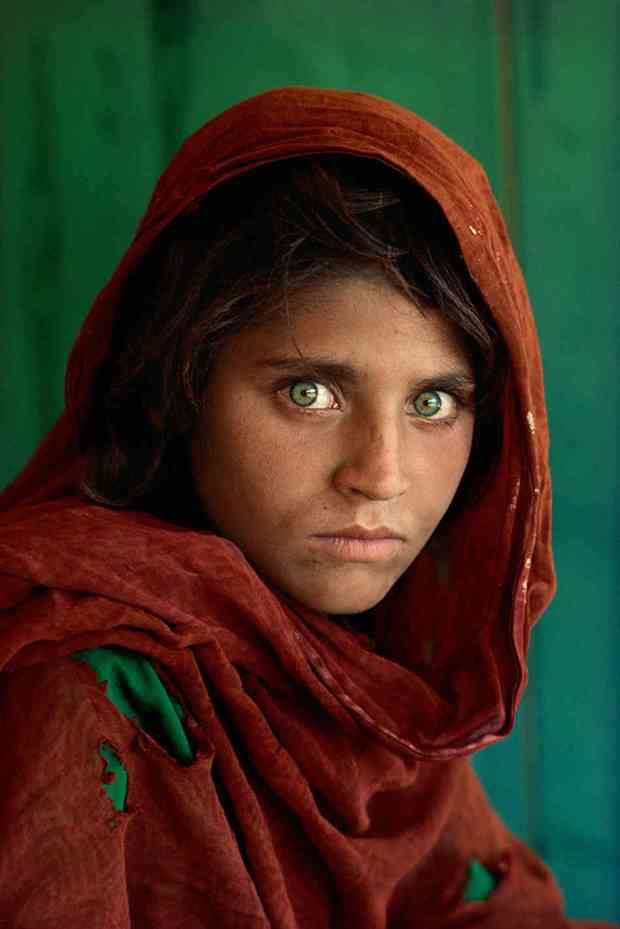
Steve McCurry, Afghan Girl, Afghanistan, 1984.
Returning on the subject of interesting images and people complaining nothing exciting happens where they live. You are wrong. If you’re not seeing anything interesting you are not looking hard enough. You have to see the interesting in the mundane. When you look at the work of great photographers like HCB you’ll notice that his most interesting images happen everywhere. It’s not because something is shot in India that it’s more interesting than a shot in Paris. That being said, part of HCB’s success is that he was EVERYWHERE.
As I stated before, he travelled extensively, and therefore managed to have pictures of all around the world. Once again, are you willing to squeeze hard enough for the juice?
Travelling, putting yourself in situations you are not familiar with increases you chance of getting ‘lucky’. It’s not a certainty in any way, but it won’t hurt. Travelling is also great when you’ve extensively shot your surroundings and are becoming ‘bored’ with it. Nothing like a change of scenery to reinspire you.
I’ll give you a few tips, pointers if you like to help you on your street photographic journey.
1. Don’t expect anything.
Once more, if you are an impatient person, you won’t succeed. What’s that saying? If you don’t have any expectations you can’t be dissapointed.”This is why it’s the hardest branche of photography.Cartier-Bresson said ‘Il ne faut pas vouloir il faut esperer.’ This is not a guaranteed risk/payoff. My biggest problem with street photography is that I can’t be out there every single day and I know we I’m missing some amazing shots. Life doesn’t stop when you walk into your house. It keeps going and that’s what’s so amazing about it. You can hop in and out like a bus. This brings us to another point. As i said before, how many times do you think HCB went out in his 40 year career to capture those 100 iconic images?
2. Always be ready to shoot.
Chase Jarvis said the best camera is the one that’s (always) with you. While he’s partly right, don’t read any excuse to be lazy into those lines. While an iPhone is great, it’s not the best camera. Printing out large prints based on the sensor won’t prove very good. Instead, always carry a small camera like a Canon GX. I myself always carry my Fuji X100 with me. It’s the most amazing small camera I’ve owned. It’s small, versatile, and the sensor image quality is amazing. It’s like having a miniature dslr in your pocket.
3. Don’t worry about the lenses , one is fine.
The Fuji X100 has a fixed focal length of 35mm (equiv.). Has it stopped me from taking it out and getting amazing images? Evidently not. Don’t see it as a problem, see it as an opportunity. Train your eye. Work around the focal length. Fresh shooters tend to forget your feet are the greatest zoom you’ll ever have. Don’t hesitate and get in close. Capa said that if your photos aren’t good enough, you’re not close enough. The man is right. And he was a war photographer. If you can’t afford a small camera, don’t let that put you back either. Just grab your smallest lens (like a 50 or 35) snap it on you dslr and throw it in your everyday bag. Get you kit so small as possible.
4. Even when you’re not shooting, train your eye.
Fortunately eyes are not like cameras. Their dynamic range is amazing, they don’t need fresh batteries or cleaning. Even when you don’t have a camera, when you walk around look for interesting images. Frame them with your eye. You’ve got to make yourself receptive towards images. Wait for that mother and child. Doens’t matter you don’t have your camera, if a moment like that happens again you’ll be able to recognize it, instantly know how to frame it and shoot it perfectly.
Ernst Haas was a world famous photographer who also held workshop classes. One day he had two women in one of his classes and both were vivid Leica afficionados. Haas himself had worked for years and years with the legendary cameras and got quite fed up with the two of them bickering about which one was the best. He burst out saying : “Leica schmeica! It doesn’t matter which camera you use, the important thing is to see’
5. Get inspired. Find a theme.
It’s easy to get overwhelmed with images you want to duplicate. Don’t think your streets are less interesting then HCB or McCurry’s streets? No, their pictures reflected their era. Do the same for yours. You won’t likely find a lot of women dressed in corsets or high hats in the streets, but that’s okay, you don’t need that. Just reflect your city or life through your lens. Clothes are objective, your vision is subjective. Put your mark on your photographs. What can also help is to find a theme. Zack Arias focused on people who were so obsessed with their phones and handheld devices they forgot the world around them that hadn’t stopped. The series is great and really shows something. It’s inspired. Do the same for yourself : find something that fascinated you and make a series of it. Be selective on the editing, and show your best images.
Conclusion
As a general conclusion, I’d say that if your images are to dull do something about it. Get of your ass, don’t be lazy, and most of all don’t be arrogant. You can’t expect something amazing to happen everytime you walk out of the door. Be patient. Be Impatient. Be ready. Always have a camera at your side.
Cheers,
MM


